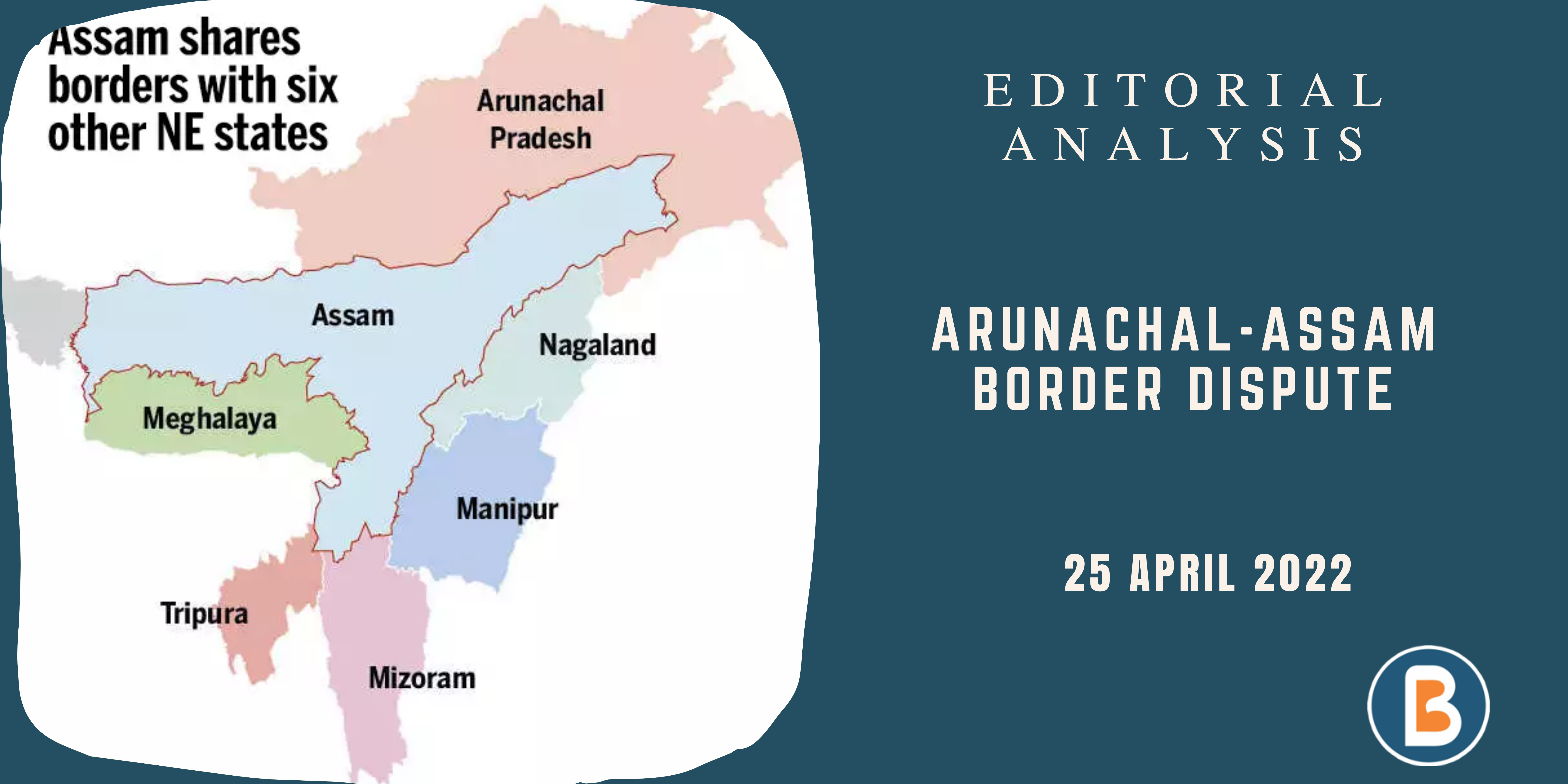NSCN (I-M) marks 25 years of Naga Ceasefire
For Prelims
About National Socialist Council of Nagalim (Isak-Muivah)
- National Socialist Council of Nagaland (NSCN) is a Naga nationalist separatist movement which aims to establish a sovereign Naga state Nagalim.
- NSCN had two major groups NSCN (K) and NSCN (I-M)
For Mains
The history of Naga movement
- The Naga tribes were brought under British government during the 19th century.
- After independence, there were demands for a separate nation for the Nagas.
- In 1957, an agreement was reached between Naga leaders and the Indian government, which resulted in the Naga Hills region of Assam and the Tuensang frontier division to the northeast being brought together under a single unit directly administered by the Indian government.
- In 1963 this region was given statehood under the name Nagaland, however, the rebel movement continued.
- In 1975, the Naga National Council (NNC) which was the leading separatist movement at that time, gave up violence and signed the Shillong Accord with the Government of India.
- However, this was treated as a ‘complete sell-out’ by some among the Naga community. This unrest resulted in the formation of National Socialist Council of Nagaland (NSCN).
The measures taken by Government to end the insurgency
- The Armed Forces (Special Powers) Act was enacted in 1958 to empower the Army to eradicate the insurgency.
- The aim of the government is to end all disputes in the Northeast by 2022 and usher in a new era of peace and development in the Northeast in 2023.
- To achieve this, the Government is enriching the dignity, culture, language, literature and music of the Northeast.
- The Naga Peace Accord was signed between the Government of India, and the National Socialist Council of Nagaland (NSCN) in the year 2015.
Source The Hindu




